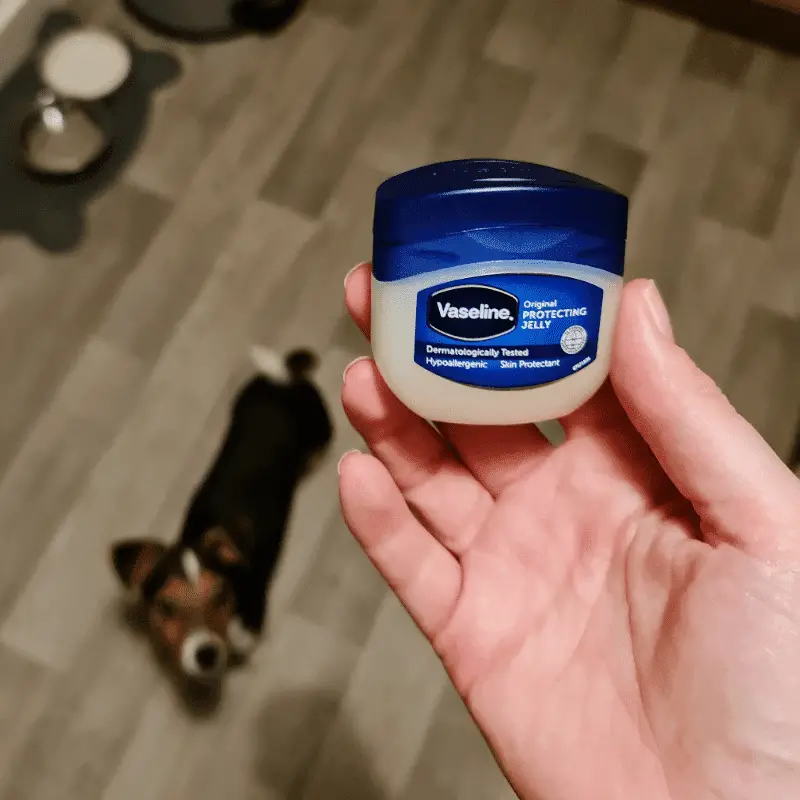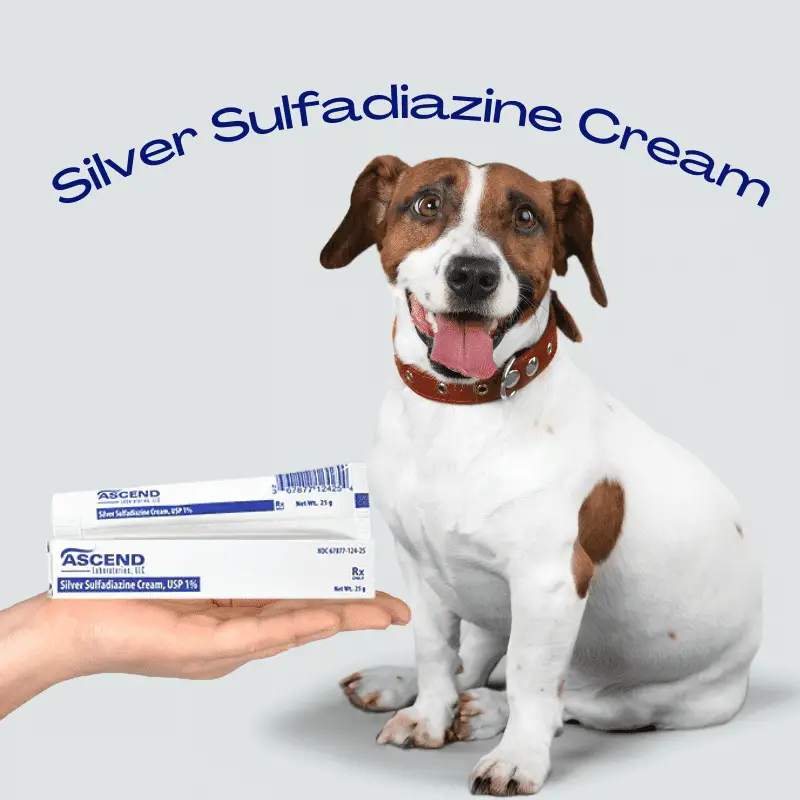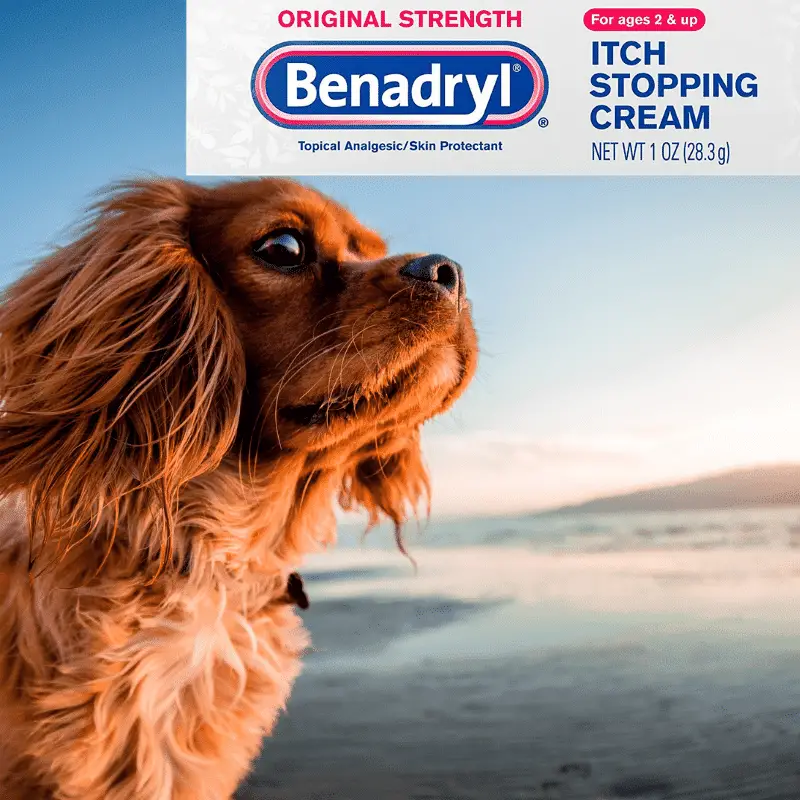Vaseline is a petroleum jelly that you can use to moisturise dry skin. But is it safe for dogs? The below will give you all the information you need to decide if it’s right for your dog.
Yes, it is safe to use Vaseline on dogs. However, there are a few essential things to consider before using it. Firstly, if your dog tends to chew or lick themselves excessively, you should be cautious about using Vaseline as it could be harmful if ingested in large amounts. Additionally, it is crucial to use and apply the appropriate amount of Vaseline and apply it in the right places. The following guidelines will help you use Vaseline on your dog correctly.
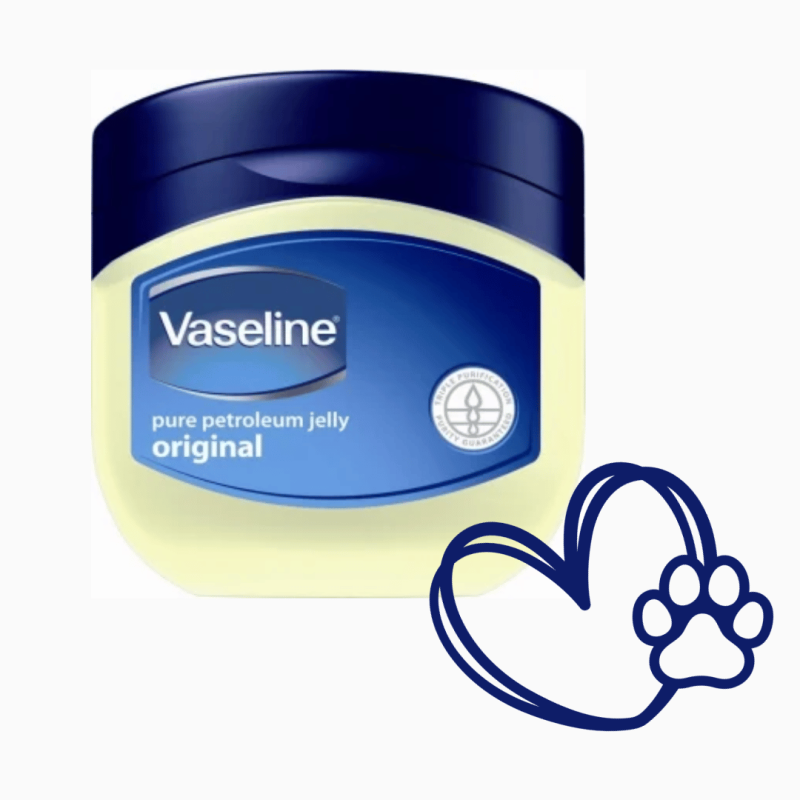
Vaseline: Protecting Against Bacteria and Treating Dry Skin
Vaseline is an ointment from petroleum jelly used for different reasons since 1859. It was discovered by an American scientist named Robert Chesebrough. One of its benefits is that it can protect the skin from bacteria and other tiny organisms. Additionally, it is commonly used to moisturise and heal dry skin.
Protecting Dogs’ Skin with Vaseline
Sometimes, dogs can have skin problems like dryness or oiliness. This can happen because of things like the weather or the type of fur they have. Vaseline is a kind of jelly made from petroleum that can help keep a dog’s skin healthy. It can stop the skin from losing moisture and help it heal naturally. It can also protect the skin from wind and cold air, making it even drier than usual.

Areas to Avoid Applying Vaseline on Your Dog
- Eyes
- Mouth
- Nose
- Inside Ears
- Open Wounds
This product is safe to use on the following areas of your dog:
- Near the reproductive organs
- On the back
- At the tail’s base
- The belly area
- The rear end
- On the head
- The legs
- Around the neck
- The exterior of the ears
- The outside of the nose
- The paws
- Along the tail
Proper Application of Vaseline for Your Dog’s Comfort
Use only the necessary amount. Do not apply an excessive quantity, as your dog might be tempted to lick it off. It is preferable to rub it in gently, but if that causes discomfort, gently dab it on with your index finger. If your dog does not eat the Vaseline, you can apply it to their body without worry.
Vaseline Is Perfect for:
Treating Dry Scabs: Vaseline is not imbued with antibacterial elements; its primary function is to treat dry skin. Should your pet dog develop a dry scab, Vaseline can aid in keeping it somewhat moist, enhancing your canine’s natural healing capabilities.
Dogs and Dry Skin: Vaseline can be an effective remedy if your dog displays dry skin in the underbelly, nose or paws. Not only does it assist in maintaining skin moisture, but it also works to retain your dog’s natural moisture, preventing the skin from drying out, splitting, and resulting in a more serious sore. In addition to this, Vaseline creates a protective barrier on the skin to guard against bacteria.
Recommended Read: Why do dogs get cracked paws?
Before Applying Vaseline to Your Dog
Should you suspect your dog is suffering from a rash, it is essential to consult your vet. The vet can accurately diagnose the issue and provide the appropriate treatment. Please avoid jumping to conclusions that your dog merely has dry skin when it could be an allergic reaction or dermatitis requiring a different form of treatment. It’s crucial to remember that Vaseline isn’t safe to lick. Therefore, you must monitor your dog to ensure the Vaseline gets fully absorbed into the affected region.
Is Vaseline Safe for Dogs?
While Vaseline is generally safe for dogs, there are specific considerations and potential risks to consider. Specifically, be cautious if your dog tends to chew or lick excessively, as Vaseline can be harmful if ingested in large quantities. Monitoring your dog’s behaviour after applying Vaseline ensures they do not eat it.
Potential Risks and Precautions
Allergic Reactions: Like humans, dogs can have allergies. Before using Vaseline, it is vital to perform a patch test on a small area of your dog’s skin to check for any adverse reactions. If your dog experiences redness, swelling, or itchiness, it is best to avoid using Vaseline altogether and consult a veterinarian.
Ingestion: Dogs tend to lick their fur, and if Vaseline is applied to areas they can easily reach, such as the belly or paws, they may lick it off. Ingesting large amounts of Vaseline can lead to stomach discomfort, vomiting, or diarrhoea. To prevent this, use only the necessary amount of Vaseline and monitor your dog closely to ensure they don’t consume it.
Application to Sensitive Areas: Certain parts of a dog’s body should be avoided when applying Vaseline. This includes the eyes, mouth, nose, inside ears, and open wounds. Using Vaseline in these areas can cause irritation and discomfort or worsen the condition. Always consult a veterinarian if you still decide to apply Vaseline to a specific location.
Proper Application Techniques and Dosages
When using Vaseline on your dog, applying it correctly and using the appropriate amount is essential. Here are a few guidelines to follow:
Proper Amount: Use only a tiny amount of Vaseline and avoid applying an excessive quantity. This will minimise the risk of your dog consuming it.
Gentle Application: Gently rub the Vaseline onto your dog’s skin. However, if your dog finds this uncomfortable, you can use your finger to dab it on instead gently.
Alternatives and Veterinary Advice
It is crucial to note that while Vaseline can be used temporarily, some products specifically formulated for dogs may be more suitable for long-term use. These products, such as dog moisturisers, paw balms, nose creams, and wrinkle creams, are designed to meet the unique needs of canine skin.
If your dog continues to experience dry skin, allergies, or any persistent skin problems, it’s essential to consult a veterinarian. They can accurately diagnose the issue, provide appropriate treatment, and recommend dog-friendly products for skincare.
While Vaseline can be safe for dogs, it is essential to proceed cautiously. Understanding the potential risks, proper application techniques, and considering alternatives tailored explicitly for dogs can help ensure the health and well-being of your furry friend. Always consult a veterinarian for personalised advice based on your dog’s needs.
Top-Rated Paw Balm for Dogs That I Use on My Pets
I now use PawTection, a specially formulated paw balm for my dogs, for my dog. Its main ingredient is sunflower wax, providing deep nourishment and protection against harsh weather. Not only does it soothe their paws, but it also contains no harmful ingredients and is safe for them to lick. This natural moisturizer keeps their paws healthy and happy.
- Deep nourishing
- Prevention
- Weather Protection
- Soothes
- No Harmful Ingredients
- Lick-safe
- Natural
- Moisturising
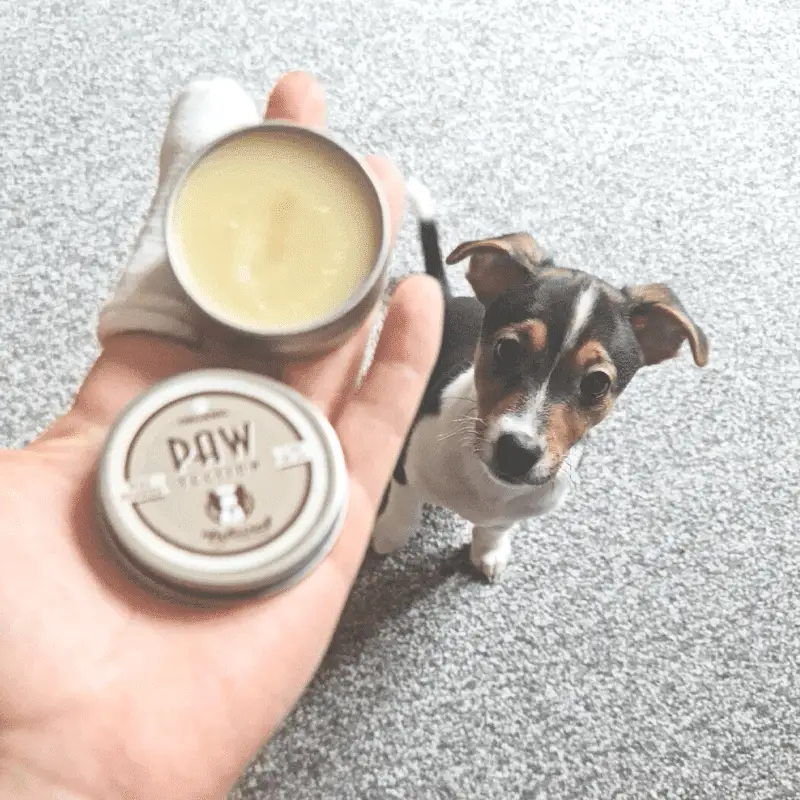
Antiseptic Cream Made Specifically For Dogs
I am introducing an antiseptic cream alternative specially formulated for dogs that can be safely used for extended periods. Unlike other dog creams, this cream has a pleasant scent. I now keep a jar of this cream in my cabinet for my dogs’ long-term skin care needs.
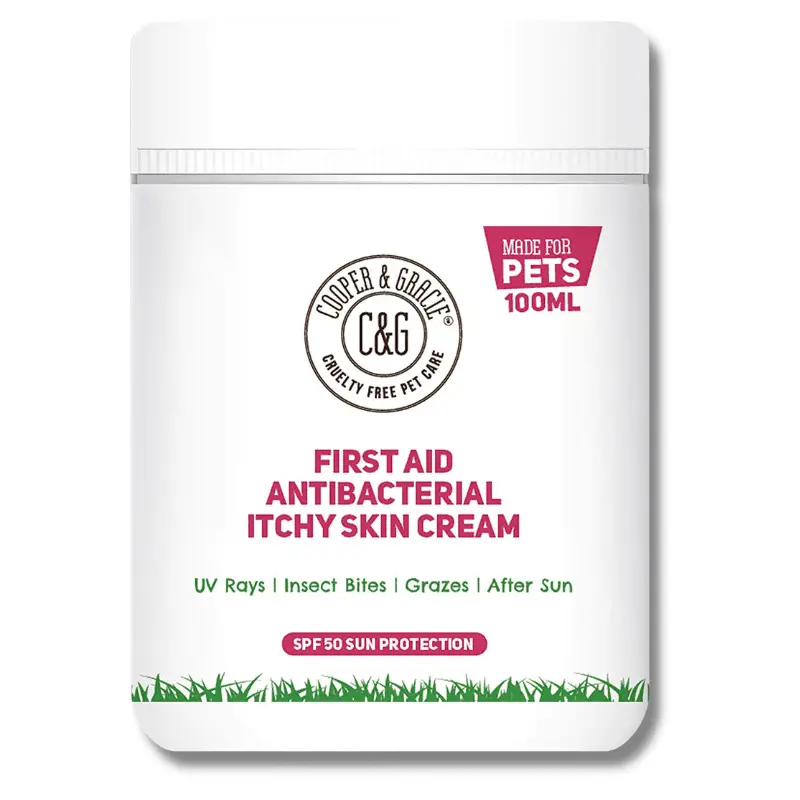
C&G PETS | FIRST-AID ANTIBACTERIAL ITCHY SKIN CREAM WITH SPF 50 | 100% NATURAL ESSENTIAL OIL | MAINTAINS CRACKED ITCHY SKIN | LICK-SAFE NON-TOXIC NON-IRRITANT |HIGHLY ABSORBENT SUN CREAM FOR DOGS 100ML.
If your dog has a habit of licking or chewing, using products designed specifically for dogs, like paw, nose, and wrinkle creams, is advisable. For antibacterial needs, there are also suitable creams for dogs. Nevertheless, if your dog requires long-term treatment, consulting a professional or using products precisely fabricated for dogs rather than those made for humans would be wise.
Other variants like cocoa butter, Aloe fresh, and vitamin E products exist besides the classic Vaseline. However, using only the original Vaseline is recommended for your four-legged friend’s well-being. The other types may contain ingredients that could be harmful to your dog.
Whilst Vaseline isn’t toxic to dogs, neither is it completely safe. Like any other substance, overconsumption or excessive skin application could create side effects. For instance, it could result in stomach discomfort, leading to vomiting or diarrhoea.
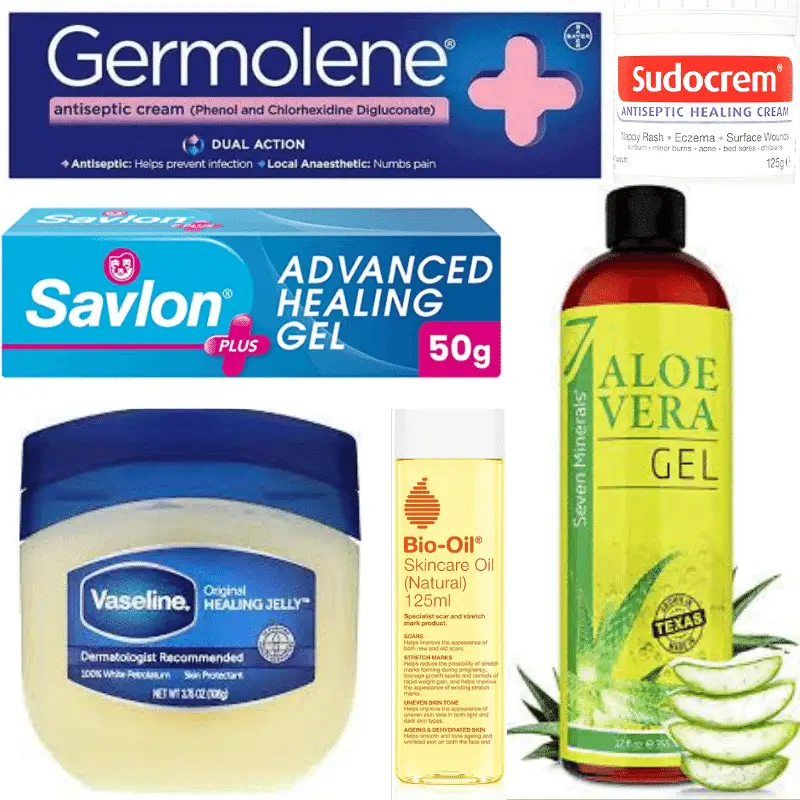
Check these other products to see if they are safe for dogs.
In conclusion, temporarily applying Vaseline to your dog is safe, especially when following the guidelines. However, consider purchasing specifically designed dog moisturisers for long-term use to avoid unnecessary concerns. Always consult your vet if the dryness is a symptom of a more severe issue rather than jumping to conclusions. Like humans, dogs can have allergies and skin conditions requiring different treatments. Therefore, it’s crucial to avoid diagnosing your pet without professional advice.

